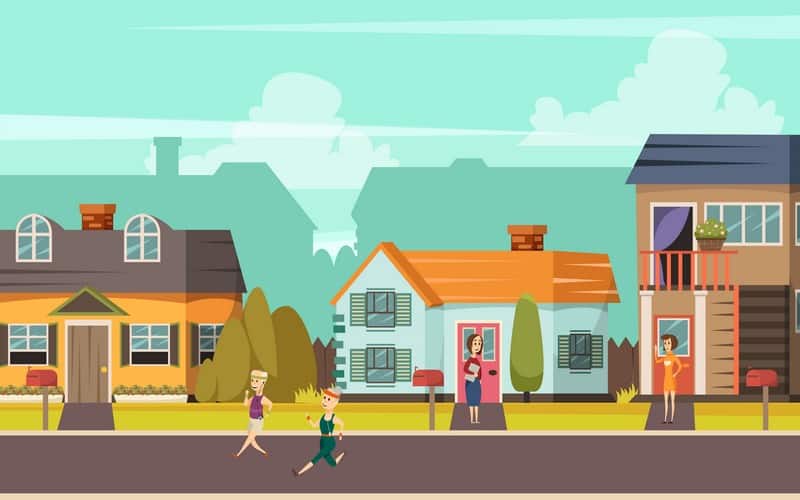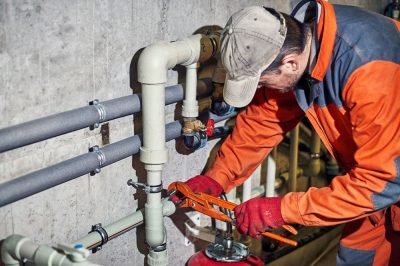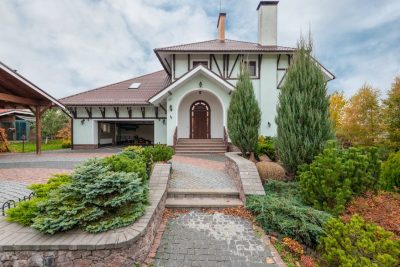
Finding a home is more than securing four walls and a roof. The neighborhood surrounding it will shape your daily life, influence your comfort, and affect your long-term satisfaction.
A home can be updated or renovated, but the community it sits in is a package you inherit the day you move in. Choosing the right neighborhood ensures your investment supports not just your needs today, but your lifestyle in the years ahead.
Why the Neighborhood Matters as Much as the Home
Many buyers focus on floor plans, finishes, and square footage while overlooking the environment outside their front door. The right neighborhood can enhance your safety, offer access to quality schools, and bring amenities within easy reach. It can also connect you with like-minded neighbors and create a sense of belonging that a house alone cannot provide.
If you’re considering a move to Iowa City, taking time to explore listings at Urban Acres can give you an idea of what different neighborhoods offer, from bustling districts to quiet cul-de-sacs. Seeing a variety of options in context helps you identify areas that match both your budget and your lifestyle.
Spotting Communities That Fit Your Lifestyle
Every neighborhood has a personality, and finding the one that suits you begins with knowing what you value most. Do you prefer a lively urban center with cafés, shops, and nightlife, or a quieter setting with tree-lined streets and open spaces? Families often prioritize proximity to schools and parks, while commuters may look for quick highway access or reliable public transit.
List your top priorities and use them as a filter when touring different areas. Visiting at various times of day can reveal how a neighborhood feels during both peak hours and quiet evenings. This extra step can prevent surprises after you’ve moved in.
Essential Services and Daily Convenience
A beautiful home can quickly lose its appeal if the basics are lacking. Evaluate the availability of grocery stores, pharmacies, healthcare providers, and fitness facilities. Check how far you’ll need to travel for essential errands and whether you can reach them without heavy traffic.
Consider the quality of nearby schools, even if you don’t have children, as they can influence property values. Public transportation routes, bike lanes, and walkable streets all add to daily convenience. A well-connected neighborhood can save you time, reduce stress, and increase your enjoyment of the home itself.
Community Culture: Beyond Amenities
While infrastructure is important, the social environment shapes your day-to-day experience. A strong sense of community can make you feel more secure, supported, and engaged. Look for signs of neighborly interaction, such as community events, local markets, or active social media groups.
Strike up conversations with residents to get a genuine sense of how people connect. Some neighborhoods may have a quiet, reserved atmosphere, while others encourage frequent gatherings and active participation in local affairs. Choosing one that matches your comfort level ensures you’ll feel at home from the start.
Future-Looking: Growth Trends and Resilience
A neighborhood that meets your needs today should also hold its value and appeal in the future. Research local development plans, zoning changes, and upcoming infrastructure projects. These can enhance livability or, in some cases, change the neighborhood’s character.
Assess the area’s resilience to economic shifts and environmental risks, such as flooding or extreme weather. A community with a stable growth pattern and a proactive approach to planning offers better long-term security for your investment.
Wrapping Up
A neighborhood is more than a backdrop to your home; it is the setting for your life. By carefully considering lifestyle fit, services, community culture, and future growth, you can choose a location that supports your well-being and investment for years to come.
The right match between home and neighborhood creates a foundation that influences the overall quality of life.








